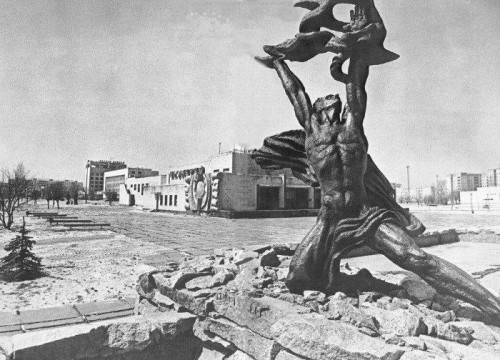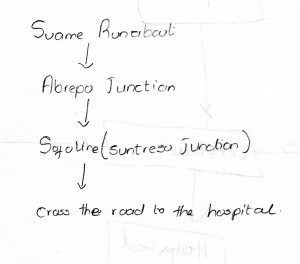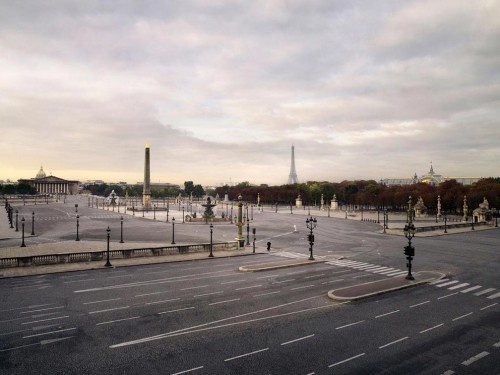This is part of a series of posts highlighting the Theorizing the Web conference, April 14th, 2012 at the University of Maryland (inside the D.C. beltway). It was originally posted on 4.2.12 and was updated to include video on 7.11.12. See the conference website for

Any study of politics is going to be fundamentally about power, and about who is free to exercise it and how: How policy is made, how the public sphere is constituted and how boundary lines are drawn around it, who has a voice and who is excluded from

discussion or consideration, who is central and who is marginalized. By the same token, the study of contentious politics – as it focuses on dissent and protest – is fundamentally about how those who have been marginalized, denied a voice, and left without power act to seize the things that have been denied them: How activist communities form and frame themselves, how their objectives and tactics change over time, how they seek entry into the public sphere and engage the actors they find there, how the voiceless find a voice and what they use it to say. Moreover, it’s about what is visible and recognized: How we understand political action in light of what’s gone before and what might come in the future.
All of this would be complex enough without communications technology, and what this panel highlights is how technology changes and enriches this already-complicated picture. Communications technology has the potential to change what we understand by “public sphere” and how we construct meanings around events, as well as how different collective actors organize and react to each other. If knowledge and information are vital to the development of a social movement, then understanding how knowledge and information flow is additionally vital.
Given recent and ongoing global protest movements, the intersection of technology and protest is a subject both broad and deep. Rather than attempt to capture all aspects of it, the excellent papers in this panel call attention to more tightly focused corners of the political picture, and in so doing, illuminate further potential avenues for research and exploration. Additionally, the geographical and cultural focus of this panel is truly diverse, allowing us to push back a bit against the American-and-Eurocentric bias that appears too often in research of this kind.
Titles and abstracts are after the cut.







